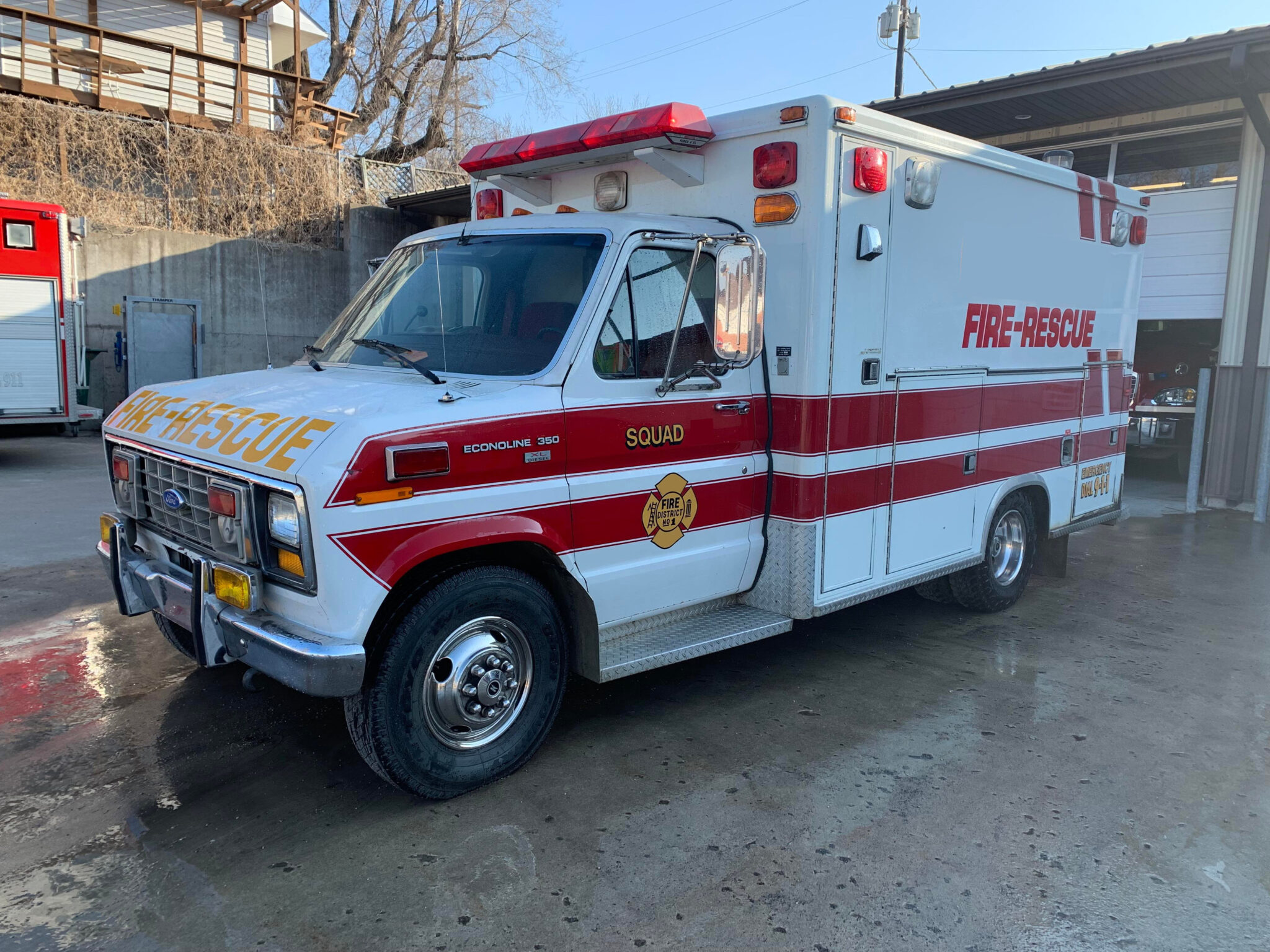

USDA Forest Service General Technical Report RM-GTR-81.ĭrew, L. (eds), Proceedings of the fire history workshop. The composite fire interval-a tool for more accurate interpretation of fire history. The use of distance measures in phytosociological sampling. University of Arizona, Tucson, Arizona.Ĭottam, G. (eds), Tree rings, environment, and humanity.
Fire in the cascadea verification#
Tree ring reconstructions of past drought across the conterminous United States: tests of a regression method and calibration/ verification results. (eds), Fire in the environment: the ecological, atmospherical, and climatic importance of vegetation fires. Fire severity and tree seedling establishment in Abies magnifica forests, southern Cascades, Oregon. Coor.), Symposium on fire in wilderness and park management, proceedings: USDA Forest Service General Technical Report INT-GTR-320.Ĭhappell, C. Historic fire regimes along an elevational gradient on the west slope of the Sierra Nevada, California.

A cross-dated fire history from coast redwood near Redwood National Park, California. Reconstruction of a presettlement giant sequoia-mixed conifer forest community using the aggregation approach. The relative importance of fuels and weather on fire behavior in subalpine forests. Master's Thesis, The Pennsylvania State University.īessie, W. Spatial and temporal variation in fire regimes and forest dynamics along a montane forest gradient in the southern Cascades, California. Factors controlling plant distributions: drought, competition, and fire in montane pines in Arizona. USDA Forest Service General Technical Report INT-GTR-244.īarton, A. Increment borer methods for determining fire history in coniferous forests.

North American Terrestrial Vegetation: Cambridge University Press, New York.īarrett, S. Fire history on a desert mountain range: Rincon Mountain Wilderness, Arizona, U.S.A. USDA Forest Service General Technical Report INT-GTR-42.īaisan, C. A method for determining fire history in coniferous forests of the mountain west. USDA Forest Service Research Paper INT-RS-301.Īrno, S. Variation in estimates of fire intervals: a closer look at fire history on the Bitterroot National Forest. USDA Forest Service General Technical Report INT-GTR-156.Īrno, S. Estimating wildfire behavior and effects. Fire and fuel dynamics of Sierra Nevada conifers. Forest fire history of Desolation Peak, Washington. Fire ecology of Pacific Northwest forests. (eds), Wildlife and vegetation of unmanaged Douglas fir forests: USDA Forest Service General Technical Report PNW-285. Fire history of Douglas-fir forests in the Pacific Northwest. Proceedings of the Northwest fire council, Portland, Oregon. Fire effects on Pacific Northwest forests: flora, fuels, and fauna. Since 1905, fire regimes have become similar at all gradient positions because of a policy of suppressing fire and fire regime modification will lead to shifts in landscape scale vegetation patterns.Īgee, J. In contrast to other parameters, fire severity did not vary across environmental and compositional gradients and >50% of all forests burned at high severity with most of the remainder burning at moderate severity. Mean fire sizes were larger in lodgepole pine forests (405 ha) than in other forest groups (103-151 ha). The percentage of fires that occurred during the growing season was inversely related to elevation and potential soil moisture. The pattern for fire rotation lengths across gradients was the same as for fire return intervals. Values for mid-elevation red fir-white fir forests were intermediate. jeffreyi) and longest (20-37 yr, 20-47 yr) in mesic high elevation lodgepole pine (Pinus contorta) and red fir (Abies magnifica)-mountain hemlock (Tsuga mertensiana) forests. Median composite and point fire return intervals were shorter (4-9 yr, 14-24 yr) in low elevation and more xeric white fir (Abies concolor)-sugar pine (Pinus lambertiana) and white fir-Jeffrey pine (P. Fire regime parameters varied with forest composition, elevation, and potential soil moisture. In this study, we analyze variation in fire regime parameters (i.e., return interval, season, size, severity, and rotation period) with respect to forest composition, elevation, and potential soil moisture in a 2042 ha area of montane forest in the southern Cascades in the Thousand Lakes Wilderness (TLW). Little is known about fire regimes and variation in fire regimes may not be independent of environmental gradients or vegetation patterns. Species distribution and abundance patterns in the southern Cascades are influenced by both environmental gradients and fire regimes.


 0 kommentar(er)
0 kommentar(er)
